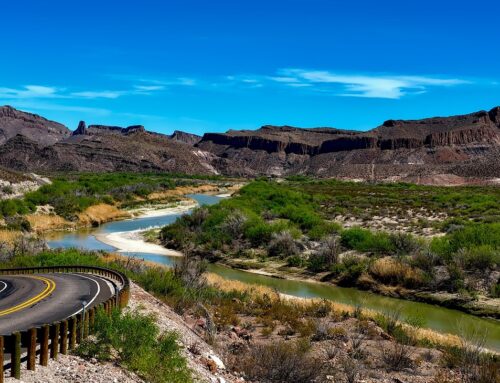Today, most investors focus on residential and commercial properties in urban areas. By doing so, they fail to learn about several alternative asset classes that potentially offer more income and ROI.
With the global population expected to grow to nearly 10 billion by 2050, we will need many more crops and livestock to meet the demand. As a result, agriculture properties, such as farmhouses, cropland, livestock shelters, and poultry coops, are becoming the go-to choice for forward-thinking investors.
However, 2050 is still a few decades away. So, you’re probably wondering why you should invest in agricultural properties now. In this post, we’ll share three reasons that will get you on board the investment wagon.
Three Reasons to Invest in Farmlands and Other Agriculture Properties
1. Inflation Hedging
Agriculture properties, especially farmland, are among the few asset classes that provide an excellent hedge against inflation. Despite the economic recession and interest rate fluctuation, their prices continue to increase. The main reason is that farmland and other related properties are crucial for food and other staple production. Therefore, it doesn’t matter what the economic weather looks like.
2. Consistent Cash Flow and Multiple Diversification Opportunities
Agriculture properties, such as poultry coups, milk farms, and crop storage facilities, produce steady, predictable cash flow to investors. Moreover, you can unlock multiple income streams on the property to reduce risk significantly.
For instance, you can rent space for storage and set up local farm shops. Many farm investors also use their properties to host weddings and parties, offer specialty animal services, and attract energy companies looking for space to install solar or wind grids.
3. Long-Term Value Appreciation
Agricultural land is among the few real estate assets, with prices appreciating at a rate higher than the inflation rate. Therefore, by investing in agricultural properties, you can expect a high return on investment, especially if you plan to keep the property for decades. Investors who purchased farmland for $200,000 in 1950 are now selling it for over $2 million.
Moreover, unlike houses, apartments, and other residential properties, their volatility isn’t dependent on economic conditions. Instead, it’s based on the area’s weather patterns, soil fertility, security, and crop type.
Wrapping Up
Farmland and other agricultural properties are excellent investments for several reasons. Regardless of the type or size of property you purchase, you can enjoy the stability of gold and multiple income streams apart from food production and storage that can set you up for decades. Therefore, adding a farmhouse, cropland, or livestock facility to your portfolio is an excellent alternative investment strategy.
For more interesting reads related to real estate investing, tune into CHRE immediately. You can also explore our vast options of agriculture properties in Rio Grande Valley.






Leave A Comment